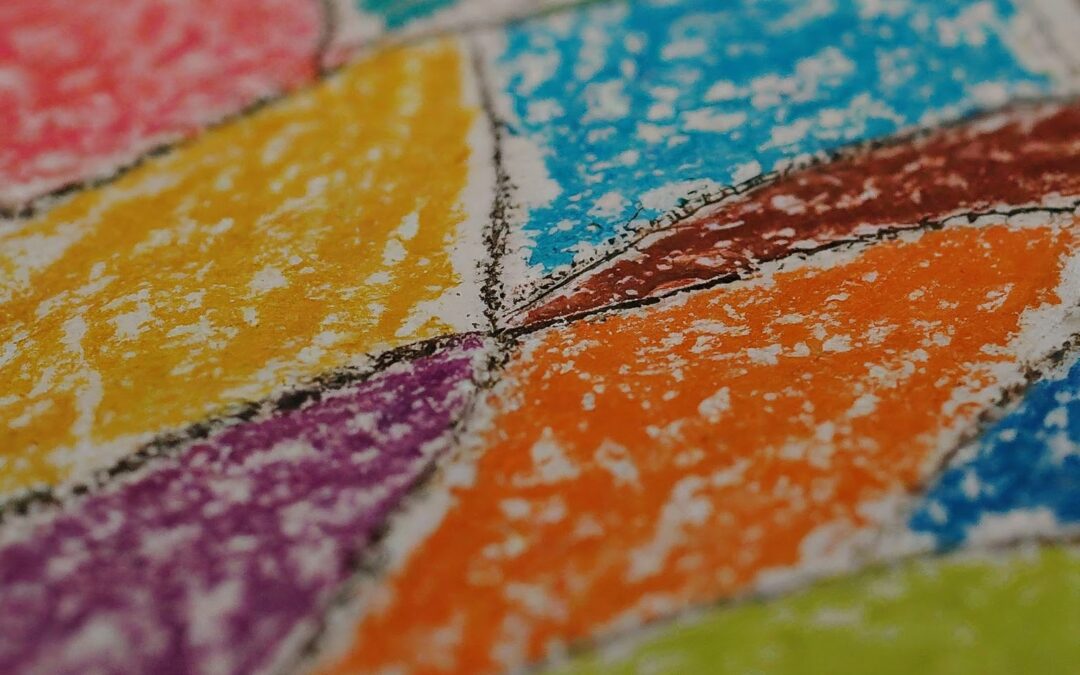Oil pastels are a vibrant and versatile medium that can produce stunning artworks with their rich colors and creamy texture. However, working with oil pastels can be tricky, especially for beginners. Here are five common mistakes artists make when using oil pastels and how to avoid them to achieve the best results.
1. Using the Wrong Paper
One of the most common mistakes is using paper that isn’t suited for oil pastels. Regular drawing paper can be too smooth, making it difficult for the pastels to adhere and blend properly.
How to Avoid: Choose paper with a bit of texture, such as pastel paper or watercolor paper. These types of paper have enough tooth to hold the pastel and allow for better layering and blending. Sanded pastel paper is another excellent choice for a more professional finish.
2. Applying Too Much Pressure
It’s tempting to press hard to get bold colors, but applying too much pressure can cause the pastels to break and make it difficult to blend and layer colors effectively.
How to Avoid: Use a light touch when applying oil pastels. Build up layers gradually, starting with a light application and increasing pressure as you add more layers. This technique allows for smoother blending and more control over the final appearance.
3. Neglecting to Blend
Oil pastels can produce strikingly smooth blends, but many beginners skip blending or don’t know how to do it effectively, resulting in harsh lines and less cohesive artworks.
How to Avoid: Blend your colors using tools such as blending stumps, tortillons, or even your fingers. You can also use a small amount of mineral oil or baby oil on a cotton swab to help blend the colors smoothly. Experiment with different blending techniques to see what works best for your style.
4. Not Layering Colors
A common mistake is not taking advantage of the layering capabilities of oil pastels. Without layering, artworks can appear flat and less dynamic.
How to Avoid: Layer your colors to create depth and dimension. Start with light colors and gradually add darker shades. Use a cross-hatching technique or circular motions to layer and mix colors effectively. Layering also allows you to correct mistakes and refine details as you go.
5. Ignoring Fixatives
Oil pastels never fully dry, which means they can easily smudge even after the artwork is finished. Ignoring the use of fixatives can result in damaged and dirty artwork.
How to Avoid: Use a fixative spray specifically designed for oil pastels to protect your finished piece. Apply the fixative in thin, even coats, allowing it to dry between applications. This will help set the pastels and prevent smudging, ensuring your artwork stays in pristine condition.
Conclusion
Mastering oil pastels takes practice and patience, but by avoiding these common mistakes, you’ll be well on your way to creating beautiful and vibrant works of art. Remember to choose the right paper, apply light pressure, blend thoroughly, layer your colors, and use fixatives to protect your work. With these tips, you can harness the full potential of oil pastels and enjoy the creative process. Happy painting!
If you would like to fast forward your learning using Oil Pastels, check out some of the popular courses below



